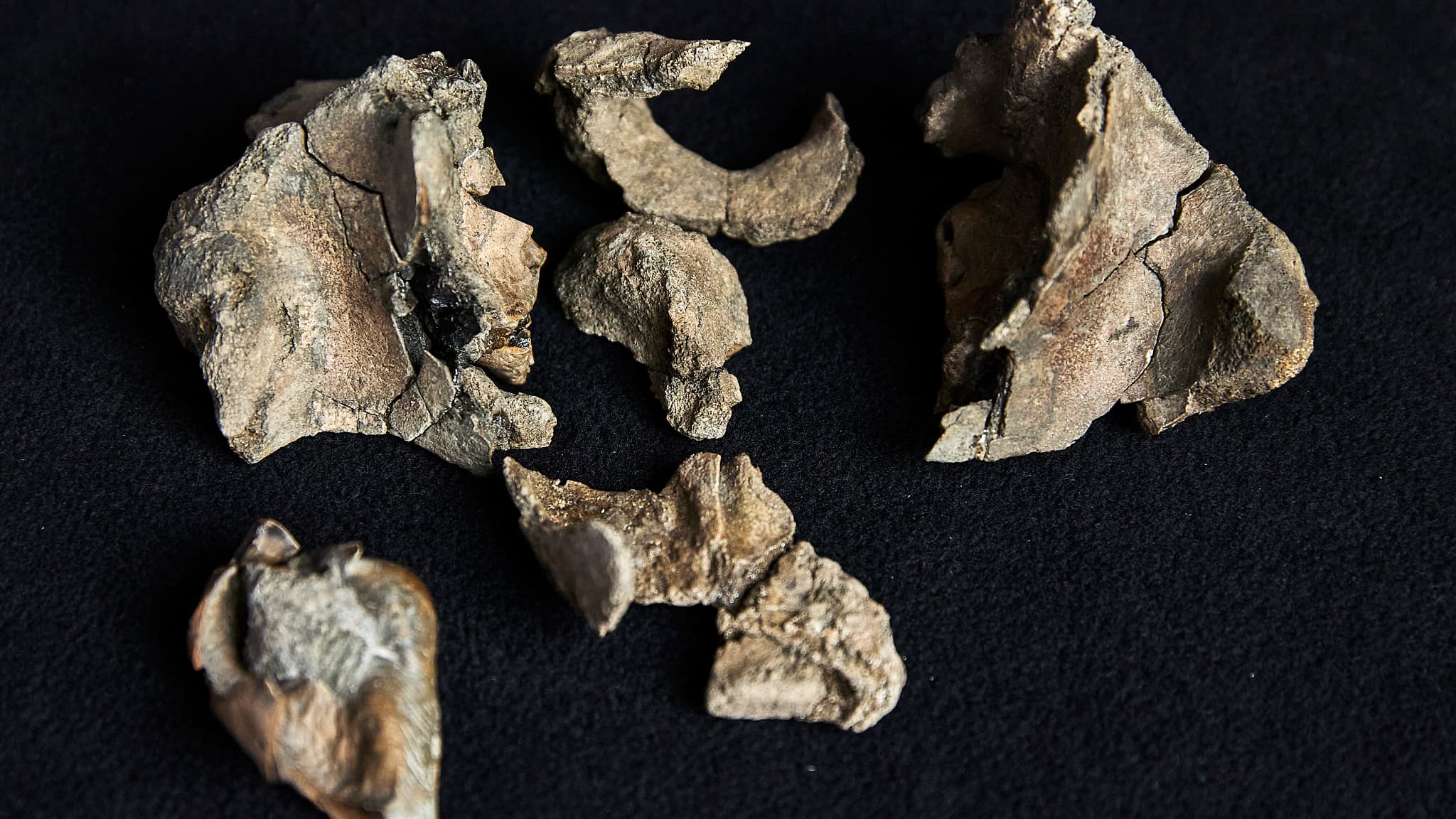"A mix between a whale, a seal and a Pokémon": a new prehistoric species discovered in Australia

"It was deceptively cute." The discovery of a 25-million-year-old fossil on an Australian beach allowed paleontologists to reveal in mid-August the existence of a brand new prehistoric species. A major scientific discovery that could help us better understand the evolution of the whale.
In the columns of Associated Press News , researchers describe this new species as "a bizarre mix in the eyes of the world between a whale, a seal and a Pokémon," according to Erich Fitzgerald, senior curator of vertebrate paleontology at the Museums Victoria Research Institute.
It was named Janjucetus dullardi in honor of Ross Dullard, an amateur fossil hunter who made the incredible discovery of the species' remains in 2019. It took six years from the discovery of the fossils to their classification.

The sea creature has cartoonish features, with large, tennis-ball-sized eyes, sharp teeth, and a shark-like snout. While it's small enough to fit in a single bed, scientists believe the species was aggressive and built to hunt.
"They may have had tiny little bits of legs that protruded like stumps from the body wall," Fitzgerald told AP News, a hypothesis that will remain until a larger fossil like a complete skull is discovered, which would prove extremely rare.
The discovery of a new species was made possible by the discovery of part of a skull with ear bones and teeth on a beach in the Australian state of Victoria , a coast known for its rich fossil record. According to Erich Fitzgerald for AP News, the location has become crucial in trying to understand the beginning of whale evolution.
Janjucetus dullardi is only the fourth known species of whales to be discovered in the mammalodontidae group, which lived during the Oligocene epoch (33.9 million years ago to 23.03 million years ago). No new species of the group have been identified in Australia since 2006.
Moreover, although this family was created by the American paleontologist Edward Dick, it is Erich Fitzgerald who is one of the great names and who identified the unique characteristics of the members of the mammalodontids.
The animal group is believed to be among the ancestors of large whales such as blue and humpback whales, as well as minke whales.
BFM TV





